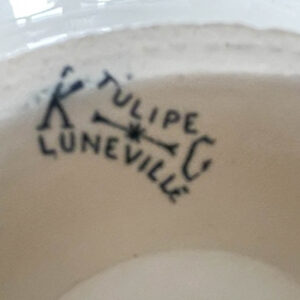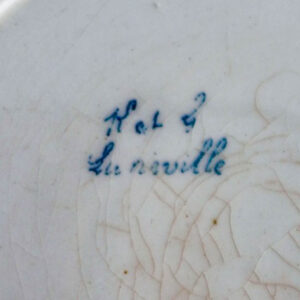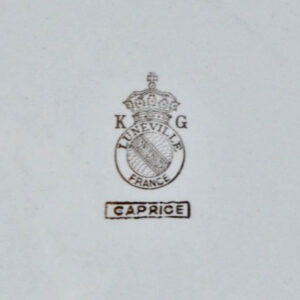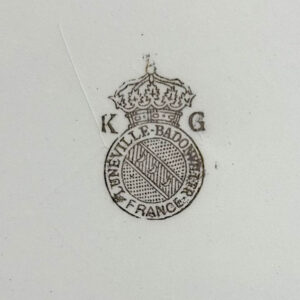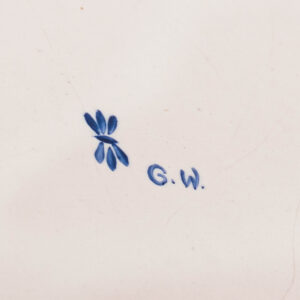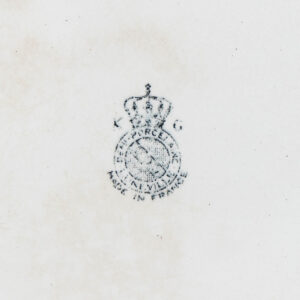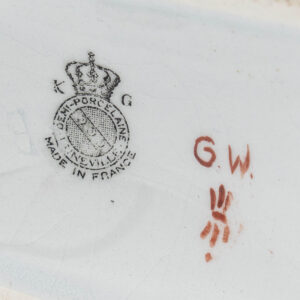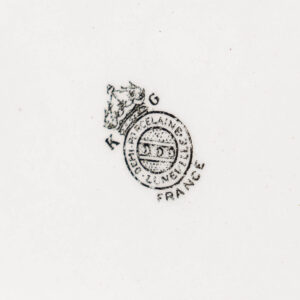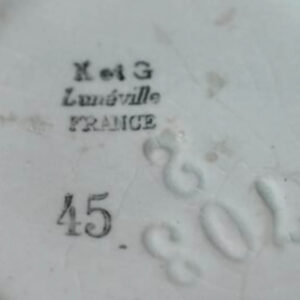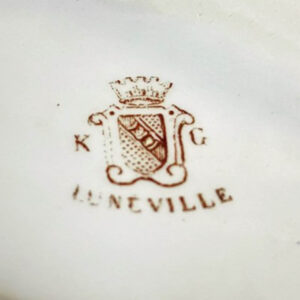Lunéville History
Lunéville, a picturesque town in northeastern France, owes its renown to its exceptional faience, a type of tin-glazed earthenware. In 1730, Jacques Chambrette established a pottery factory that soon gained royal patronage under Stanislas Leszczyński, the Duke of Lorraine and former King of Poland. His influence helped elevate Lunéville pottery to compete with the famed faience of Delft and Strasbourg.
Lunéville artisans became celebrated for their vibrant hand-painted patterns inspired by nature, including florals, birds, and chinoiserie motifs. During the 19th century, under Keller & Guérin’s stewardship, the factory embraced industrial advances while preserving its artistic heritage.

